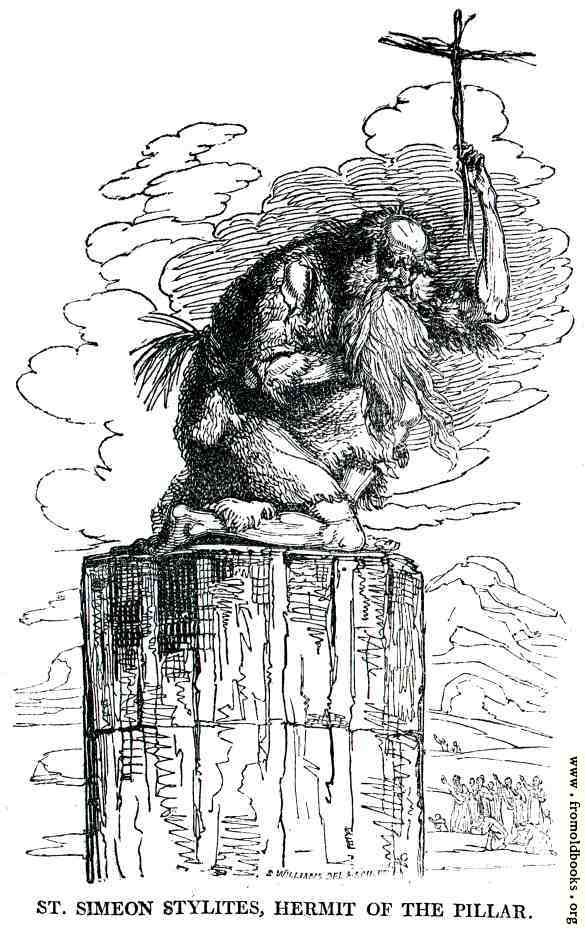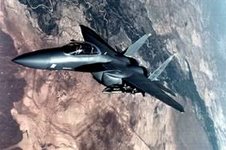18 down, 32 to go
2001: A Space Odyssey
By Arthur C. Clarke
Let me first elucidate one basic principle of my literary work, namely:
That genre known as science fiction, containing as a main feature of its plot the changes wrought in man's life by technological advances, whether those of man or those of nonhuman, ahuman, or superhuman beings, is cool. Particularly those books of the genre which feature swordsmen, enormously fat noblemen, lasers, lots of war and explosions, giant bugs, or good monks.
2001 features none of the above, except an explosion at the very end. However, it still is very good.
I have never watched the film version of 2001, but the preface states both book and film have the same plot. Anyway, I'll recount it and mention some issues about the book.
1. The Basic Plot
2. Question one: What are these Star-Beings?
3. Question two: Is HAL possible?
4. Question three: Where's God?
1.
THE BASIC PLOT
It begins with a monolith, a rock with the dimensions 1:4:9. This strange thing appears in an ape-tribe's backyard and turns them into men. Then it disappears.
It returns again - on the moon. Man has been on the moon for a long time, and in 2001 has made a moon trip just an expensive business flight - like riding the old Concorde. Some men are even born in space. But it is in 2001 that the US finds the monolith, named TMA-1. As soon as sunlight touches it, it lets out a huge electromagnetic screech, which scientists decide is a signal to an extraterrestrial race. So, the space ship Discovery sets out with five crewmen to find the position it's signaling to. Scientists have deduced one of Saturn's moons hold something odd on them, and that something has to do with the monolith.
Fast-forward some. Two men, David Bowman and Frank Poole, and the sentient robot HAL are closing in on Saturn, with all the other men in suspended-animation. The radio antenna that communicates with earth suddenly stops operating. Poole fixes it, but it malfunctions again. When Poole trys to fix it, he gets killed in an "accident." Things get worse, until Bowman figures out the problem - namely, HAL. He overcomes HAL and continues to Saturn.
At Saturn, Bowman now heads off to Japetus, one of Saturn's moon. He manages the touchdown, finds a second monolith - and falls into it. After a confusing faster-than-light trip, he ends up transformed into a strange, spiritual being. He has now become a Star-Child.
These Star-Children mastered travel through space to the extent where they simply ignore all distances; they have also found areas beyond time in which they reside. They are extremely intelligent, and seek (for their own purposes) to change any forms of life they can into thinking creatures. They are the ones behind the monoliths, the ones who started the human race. They can project power by will alone, and one of the first things Bowman does as a Star-Child is just that.
Question 1
What are the Star-Children? They seem quite confusingly like angels. They are not governed by time or space, live in a non-physical body, and meddle often with men. However, their purposes are ambiguous, unlike both angels and devils. I never figured out why they do what they do - out of malice (making animals discontent is key to their methods) or out of charity. And if they were angels, would they, not God, have given men human souls (for ensoulment is the Christian term for what happens in the beginning of the story)?
Question 2
HAL, the robot, thinks. This is an enigma I can't break, all the more so because no definition of thought is given. The "Turing test" is instead used to define whether a robot thinks or not. The British logician Alan Turing said that if a man converses a long time with a machine, but cannot distinguish between the machine's answers and those a man might give, then the machine is thinking. The problem here is, as the Britannica Encyclopedia comments: "any evidence for original thought can be denied on the grounds that it ultimately was programmed into the computer." So, no matter how smart HAL was, he could only do what his programming told him.
We, on the other hand, can create original thoughts. Except I have never seen it done. Every idea I have invented or heard of has its origins in a couple other ideas, which have their origins in some more ideas, and....overall, I suspect there hasn't been a genuinely original thought since Adam. Maybe there's no thinking at all, and it's all programmed into us by others..........but you don't need to think to have a will: you just have to have the ability to answer yes or no, not be forced into it by a program or mechanical process. Or is that thinking? I'm stuck.
Question 3
Does God turn up in here? Two statements will suffice: a)if He did, Arthur C. Clarke would be very miffed, and b) where do you suppose the Star-Children come from?
=====================================
Overall, I give this 5 stars. Even if I have to read it again, I'm glad I read it.
And maybe I did think in order to write this sketchy review. But could a robot with infinite memory and infinite processing capabilities have produced this review instead of me?








|